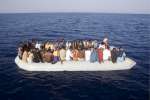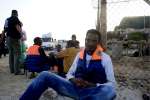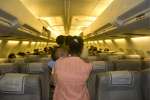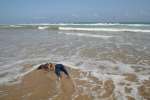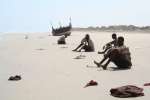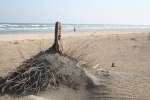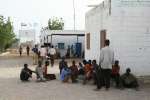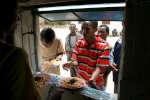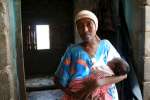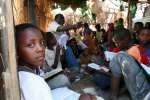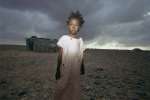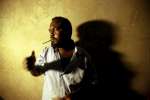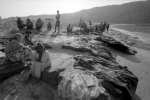Refugees and migrants in Europe need protection and respect for their human rights
Press Releases, 9 December 2015
Joint UNHCR/Council of Europe statement to mark Human Rights Day on 10 December
09.12.2015 – Ahead of Human Rights Day, the UN High Commissioner for Refugees and the head of the 47-nation Council of Europe have urged European states to honour their international commitments to guarantee basic human rights for refugees and migrants. They also called on governments, civil society and media professionals to step up efforts to counter racism and xenophobia, which can undermine support for asylum and protection.
"This is the largest movement of refugees and migrants Europe has seen in decades, and the only way to address it effectively is for European states to act together," said High Commissioner António Guterres. "The right to seek asylum is not only enshrined in international law, but protection of people forced to flee war and persecution is also one of the fundamental values of the European project. The impressive mobilisation of civil society to welcome refugees, and the many voices that speak out against re-surging intolerance and xenophobia, have shown the continued resonance of these principles."
"As soon as anyone sets foot on our continent they have the same basic human rights as everyone else in Europe, as guaranteed by the European Convention on Human Rights," said Council of Europe Secretary General Thorbjørn Jagland. "The European Court of Human Rights in Strasbourg has been very clear on this. Our 47 member states have a legal responsibility to guarantee the basic human rights of refugees and migrants, to treat people as individuals and to assess their situation on a case-by-case basis."
Some 900,000 people have entered Europe via the Mediterranean in 2015, more than four times last year's total. The majority of them come from Syria, Afghanistan and Iraq. UNHCR continues to advocate for a common European approach to the situation, to enhance reception capacity and allow for proper screening of the new arrivals so as to identify those who may be in need of protection.
Links
UNHCR data portal – Refugees and migrants emergency response in the Mediterranean and in Europe
UNHCR's Winterization Plan for the Refugee Crisis in Europe
European Court of Human Rights factsheet on collective expulsions
Contacts
UNHCR
- in Strasbourg: Gert Westerveen at +33 3 8841 2869
- in Geneva: William Spindler at +41 79 217 3011
- in Geneva: Karin de Gruijl at +41 79 255 9213
- in Brussels: Michele Poletto at +32 2 627 59 52
Council of Europe
- in Strasbourg: Daniel Höltgen at +33 6 68 29 87 51
- in Brussels: Andrew Cutting at +32 485 217 202






